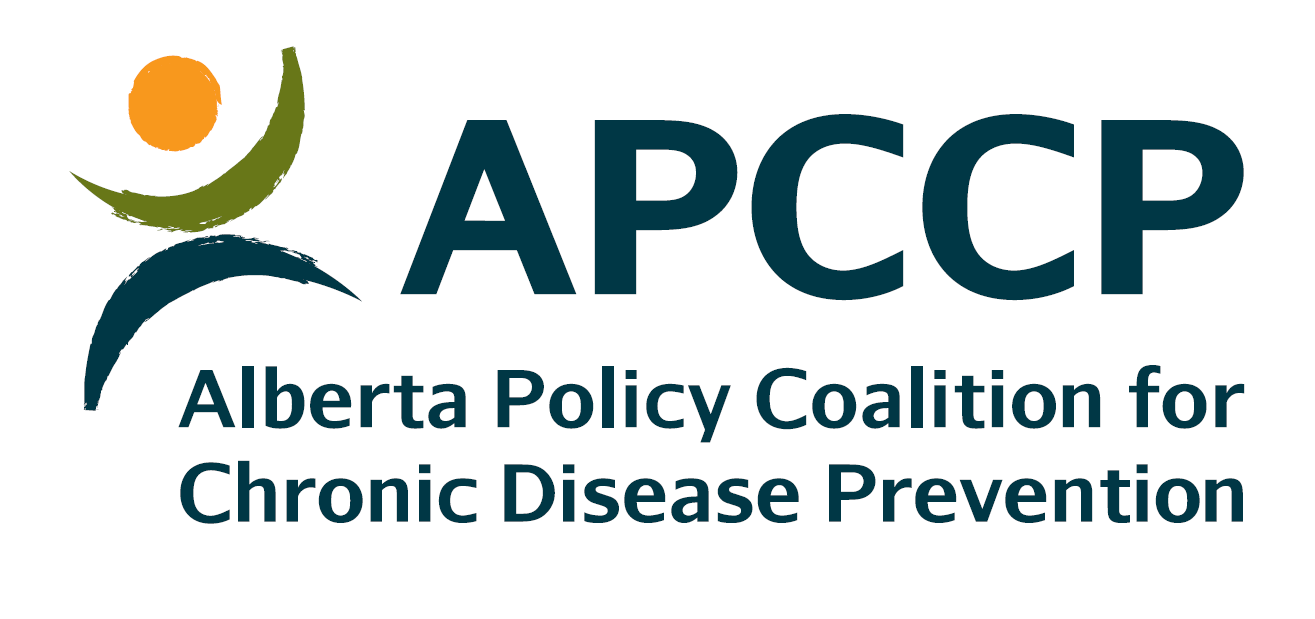Learning Objective #2:
Learn how to generate momentum with key stakeholders to build commitment for change
In addition to the infographic, these other communication tools help keep the momentum going in the following ways:
- Raise awareness and start conversations about the status and impact of local food environments on children and youth’s eating behaviours.
- Share your Community Nutrition Report Card to raise community awareness.
- Passive methods: email newsletters, blog posts, newspaper articles, radio podcasts, etc.
- Active methods: presenting the findings to various interest groups (e.g. parent councils, town councils, students, etc.) see Module 7 for ideas and resources
The Community Nutrition Report Card is a really good conversation starter. It gives me a reason to start a conversation with different organizations, rather than just calling them out of the blue and being like, ‘hey, want to talk about healthy eating environments?’
- Build support and align priorities for creating healthy food environments
- The Community Nutrition Report Card can be used to advocate the need for change based on the scores received, while the recommendations outline possible changes and action steps.
- Schedule meetings with relevant settings and stakeholders to share the results and discuss the next steps, see Module 7 for ideas and resources.
- When sharing the results to gain support, consider the following:
- Inform the relevant settings and stakeholders about the purpose of the meeting in advance.
- Develop one recommendation that you would like them to move forward with now. For example, complete the following sentence: “we would like you to support this initiative by…”
- Start by discussing any successes and the areas that are doing well.
- Highlight the report’s collective nature: it was part of a provincial strategy, it involved community wide data collection, and it has input from numerous sectors. You may also want to point out that the province and all community settings have room for improvement.
When you see something that’s not great, you can’t just call someone out on it.It’s easier when you have something like the report card to be like ‘this is why I’m here, and we assessed a bunch of other settings.’ So that people don’t feel like it’s just them— its communitywide approach. So, I think that’s very useful.
It’s just nice that it’s not my opinion, it is a group’s opinion. So, you can say ‘here’s our report card. It includes recommendations from private and government agencies. Everybody’s kind of agreed that this is our score and where we could be.’ It’s pretty hard to dodge those resultsor argue them. When you’re having a conversation with parents or other stakeholders…it basically comes across like gospel. This is our report card and this where we want to get to. It’s nice.
It would be a little harder to hear the results of the Community Nutrition Report Card if every other school in town got an A+, and we got a D. It was easier knowing that every school can make improvements, and that there’s faults with all of us. It kind of shows us that we can all get better. We can all work together through the process and share some common practices.
-
- Use the Community Nutrition Report Card to validate the actions that settings are currently taking and to validate the need for change. If a setting received a high grade, celebrate and promote their current work! This grade can be used to reassure them that their current actions are on the right track.
- Use the possibility for re-collecting data in the future to see improvements to motivate stakeholders to act.
We [participant and dietitian] talk quite regularly because of the report card. We talk about how to improve things in our setting—because I think we scored a D minus. And the dietitian just gave me some little tricks that could help us improve our report card. And I say report card, but it’s going to improve the services.
- Align community priorities and help guide the actions of community stakeholders
- Use the Community Nutrition Report Card to start conversations with key community stakeholders. Work with them to reduce any barriers they face in creating healthier food environments. For example, competing priorities may be a barrier:
The school’s canteen operator, she pays monthly rent to the school to run her own thing there. So, I value the fact that she needs to make money, otherwise she’s going to walk away from it… So that’s kind of the tough part… trying to work with to maintain her profits and make it viable for her, while trying to become more nutritious. For example, she’s invested in these slush machines. So if we banned slushies, it would obviously be a loss for her. So, her idea was to try smoothies instead of slushies.
She’s (setting stakeholder) usually able to kind of digest the information and come back with something that is much healthier in place of what she had. Maybe not perfect, but a good middle ground for the time being as we kind of move towards the final goal.
- Refer to the practical ideas, success stories, and resources provided in the report to help you brainstorm solutions together. Start out with small action steps to build confidence and momentum for bigger changes.
- For settings that committed to making change, consider organizing community or setting-specific meetings to discuss and monitor progress. At these meetings, have each stakeholder provide an update on their work and discuss their next steps. This is also an opportunity for stakeholders to share any challenges they experienced with the group, who may be able to identify solutions.
We can look at the Community Nutrition Report Card and think, ‘Okay, this is how we were doing in 2019. Now it’s 2022, how far have we come from there?’ I think the Community Nutrition Report Card is a good tool to use as a reminder of the need to continue moving forward and to get better. But it gives us something to move forward from.
- Although your Community Nutrition Report Card provides suggestions for change, we recommend remaining flexible. Achieving the recommendations might take a number of small steps, and new ideas might be generated in the process!



